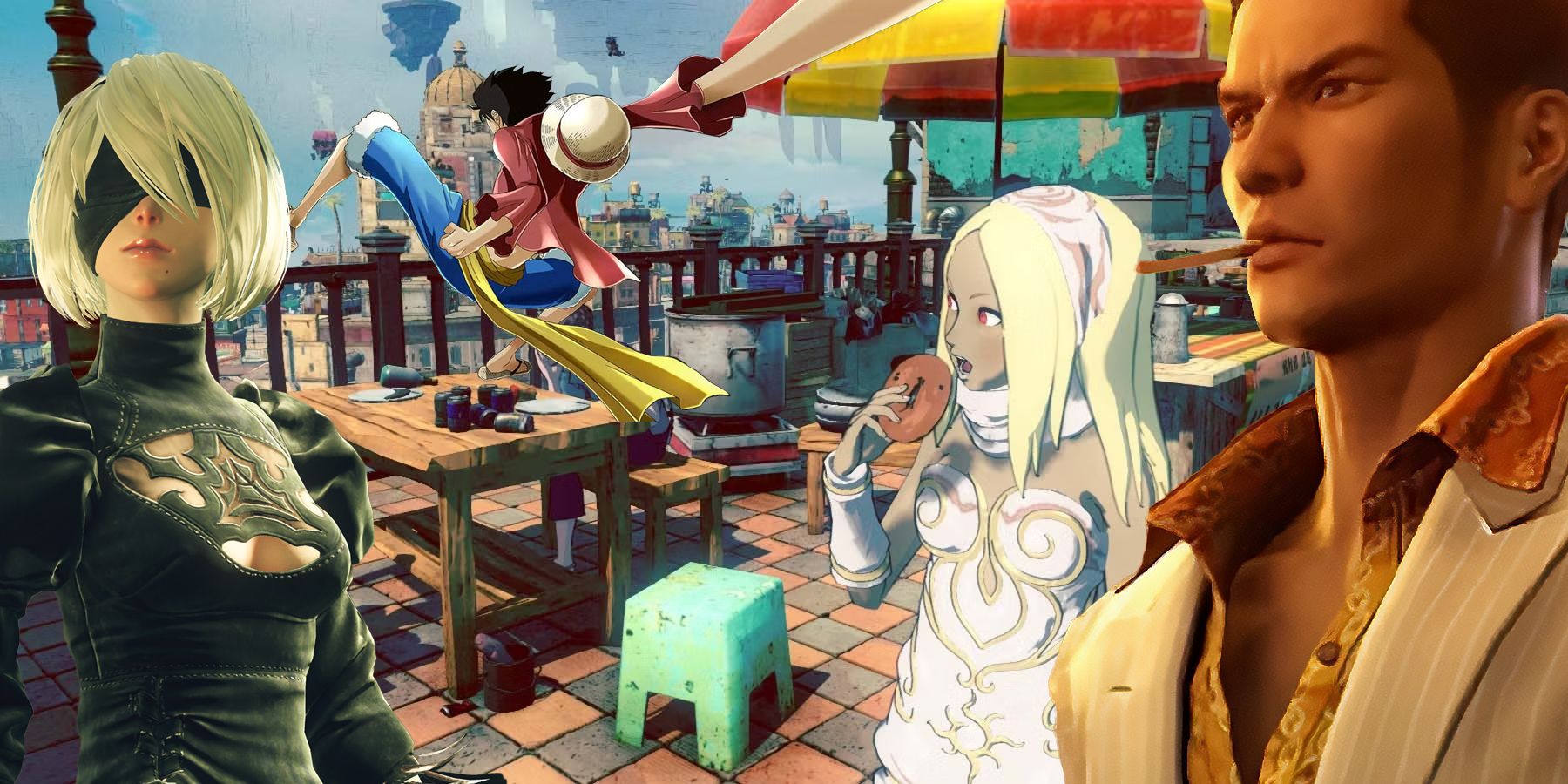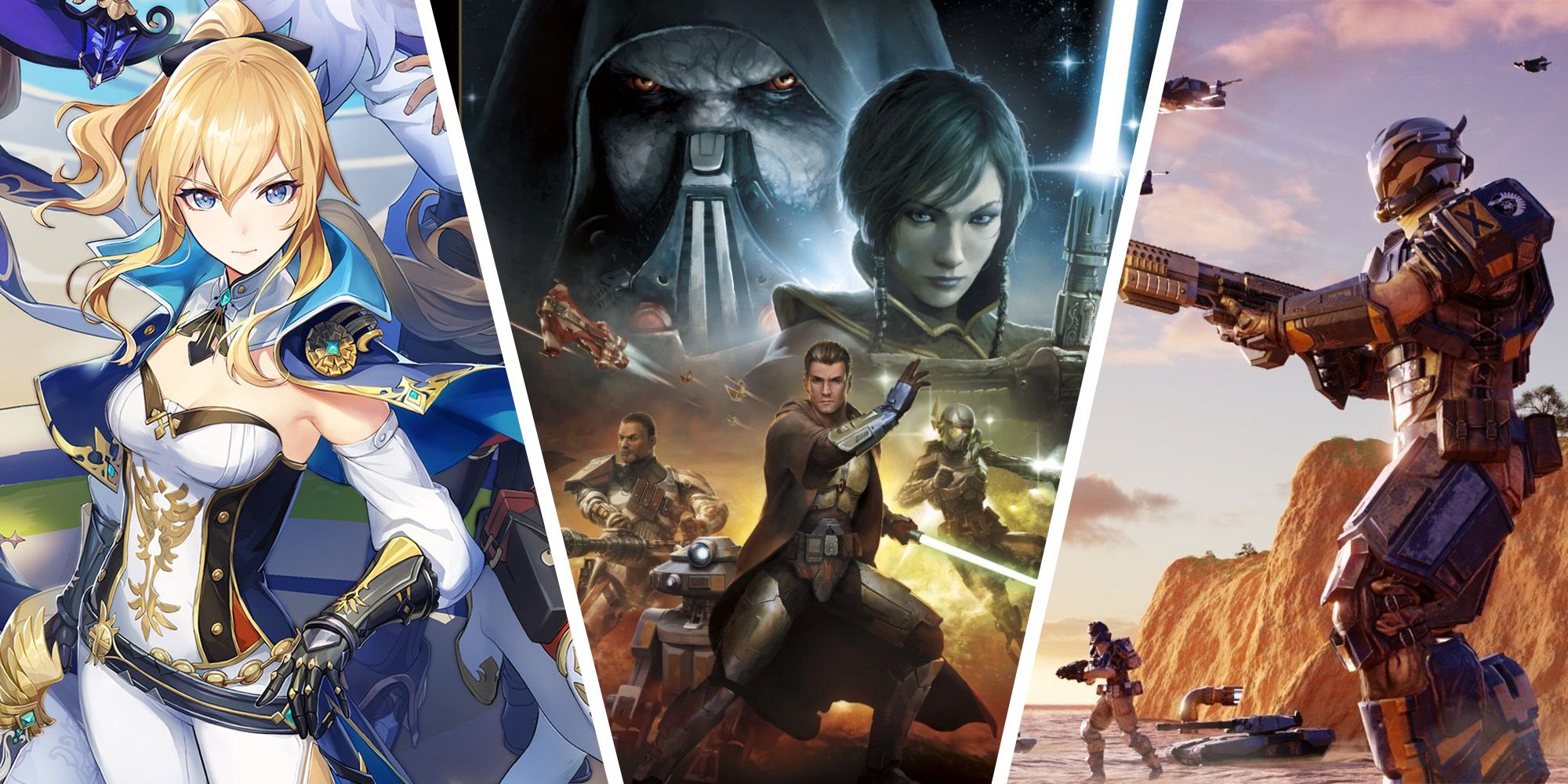
Breathing Life into Worlds: The Rise and Allure of Animated Open-World Games
For decades, open-world games have captivated players with their promise of boundless exploration, player agency, and emergent storytelling. These sprawling digital landscapes, once dominated by realistic graphics striving for photorealism, are now witnessing a compelling shift: the rise of animated open-world experiences. From vibrant, stylized visuals to narratives infused with whimsical charm, these games are carving out a unique space, proving that realism isn’t the only path to immersion and engagement.
This article will delve into the world of animated open-world games, exploring their defining characteristics, highlighting notable examples, analyzing the benefits they offer, and speculating on the future of this increasingly popular genre.
Defining the Animated Open-World:
While the term "animated" can encompass a wide range of visual styles, in the context of open-world games, it generally refers to titles that prioritize stylistic expression over photorealistic accuracy. This can manifest in several ways:
- Stylized Aesthetics: Games may employ cel-shading, vibrant color palettes, exaggerated character designs, and distinct art styles that borrow from animation traditions like anime, cartoons, and graphic novels.
- Emphasis on Artistic Expression: Instead of meticulously recreating real-world environments, developers prioritize crafting unique and memorable landscapes that evoke specific moods and emotions through visual storytelling.
- Fluid and Expressive Animation: Character animations are often more exaggerated and expressive, reflecting the game’s overall tone and contributing to a sense of liveliness and personality.
Crucially, these stylistic choices don’t detract from the core open-world experience. Players still enjoy the freedom to explore vast environments, engage in quests, interact with NPCs, and shape their own narratives. The animation style simply acts as a lens through which this freedom is experienced, adding a layer of artistic flair and personality.
Notable Examples: A Diverse Landscape:
The landscape of animated open-world games is surprisingly diverse, encompassing a wide range of genres and art styles. Here are a few noteworthy examples:
- Genshin Impact (miHoYo): Arguably the most commercially successful example, Genshin Impact’s anime-inspired visuals, vast and beautifully rendered world of Teyvat, and engaging combat system have captivated millions. The game’s gacha mechanics aside, its sheer scope and artistic presentation are undeniable, setting a high bar for future entrants in the genre.
- Ni no Kuni: Wrath of the White Witch (Level-5/Studio Ghibli): This title is a masterclass in collaboration, blending the gameplay expertise of Level-5 with the iconic artistry of Studio Ghibli. The result is a visually stunning and emotionally resonant RPG that transports players to a fantastical world brimming with charm and wonder.
- Immortals Fenyx Rising (Ubisoft Quebec): Taking inspiration from Greek mythology, Immortals Fenyx Rising offers a vibrant and playful open-world experience. Its cartoonish art style, witty dialogue, and accessible gameplay make it a refreshing alternative to more serious open-world titles.
- Breath of the Wild (Nintendo): This iconic game, while not strictly "animated" in the traditional sense, utilizes a stylized art style that blends cel-shading with hand-painted textures. The result is a visually stunning and timeless open-world adventure that emphasizes exploration and player creativity.
- Sea of Thieves (Rare): While not strictly an RPG, Sea of Thieves boasts a distinctive cartoonish art style and a vast, procedurally generated ocean for players to explore. The game’s emphasis on cooperative gameplay and emergent storytelling makes it a unique and engaging open-world experience.
- The Outer Worlds (Obsidian Entertainment): The Outer Worlds, though not as cartoonish as other titles on this list, features a vibrant and stylized world that deviates from the gritty realism often associated with science fiction RPGs. The game’s satirical tone and memorable characters are perfectly complemented by its distinctive visual style.
These examples demonstrate the breadth and versatility of the animated open-world genre, showcasing how different art styles and narrative approaches can be successfully integrated into the open-world formula.
The Allure of Animation: Advantages and Benefits:
The increasing popularity of animated open-world games can be attributed to several key advantages:
- Artistic Freedom and Visual Identity: Animation allows developers to create worlds that are visually unique and memorable, free from the constraints of realism. This allows for greater artistic expression and the creation of distinct visual identities that help games stand out in a crowded market.
- Timeless Appeal: While photorealistic graphics can become dated quickly, well-executed animation tends to age more gracefully. A strong art style can contribute to a game’s longevity and enduring appeal, attracting players for years to come.
- Enhanced Storytelling and Character Expression: Animation allows for more exaggerated and expressive character animations, enhancing the emotional impact of cutscenes and gameplay interactions. This can lead to more engaging storytelling and more memorable characters.
- Wider Accessibility: Animated visuals can often be more appealing to a wider audience, including younger players and those who may be intimidated by the complexity of realistic graphics.
- Improved Performance Optimization: In some cases, stylized visuals can be less demanding on hardware than photorealistic graphics, allowing developers to optimize performance and reach a broader range of players.
- Evoking Nostalgia: Certain animation styles can evoke feelings of nostalgia, tapping into players’ fond memories of cartoons, anime, and other forms of animated media. This can create a sense of comfort and familiarity that draws players into the game world.
Ultimately, the appeal of animated open-world games lies in their ability to transport players to fantastical worlds that are both visually stunning and emotionally engaging. By prioritizing artistic expression over photorealistic accuracy, these games offer a unique and refreshing take on the open-world formula.
The Future of Animated Open-World Games:
The future of animated open-world games looks bright. As technology continues to advance, developers will have even more tools at their disposal to create visually stunning and immersive animated worlds. We can expect to see:
- More Diverse Art Styles: The current landscape is dominated by anime-inspired visuals, but we can expect to see a wider range of animation styles emerge, drawing inspiration from different cultures and artistic traditions.
- Improved Animation Techniques: Advances in motion capture and procedural animation will allow for even more realistic and expressive character animations, blurring the lines between animation and realism.
- Deeper Integration of Animation into Gameplay: We may see animation playing a more integral role in gameplay mechanics, with character animations influencing combat, traversal, and puzzle-solving.
- Greater Emphasis on Narrative and Character Development: The focus will likely shift towards crafting compelling stories and developing memorable characters that resonate with players on an emotional level.
- Expansion into New Genres: While many animated open-world games are currently RPGs, we can expect to see the genre expand into other genres, such as action-adventure, platforming, and even simulation.
Furthermore, the rise of the metaverse and the growing popularity of virtual worlds will likely fuel the demand for animated open-world experiences. These virtual spaces offer a blank canvas for developers to create imaginative and engaging environments that are not constrained by the limitations of the real world.
Conclusion:
Animated open-world games represent a compelling evolution of the open-world genre. By embracing artistic expression and prioritizing visual storytelling, these games offer a unique and refreshing alternative to the realism-focused titles that have dominated the market for so long. As technology continues to advance and developers explore new creative avenues, the future of animated open-world games looks incredibly promising. We can expect to see even more visually stunning, emotionally engaging, and artistically innovative experiences that will captivate players and redefine the boundaries of what’s possible in the world of open-world gaming. The vibrant tapestry of animated worlds is only just beginning to unfold, promising a future filled with boundless creativity and immersive adventures.

